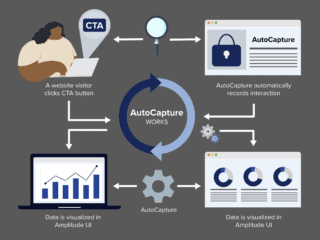Over the past couple of years, I’ve been shifting my focus from creating sites that are merely “usable” to creating sites that actually motivate visitors to take action. In other words, to persuasive web design. From “can do” to “will do”.
A great primer in the field is Dr. Susan Weinschenk’s book, “Neuro Web Design: What Makes them Click?” An absolutely fascinating read, the book opens with the concept that we actually have three brains:
- The “new brain” is the logical part, where we make conscious decisions
- The “mid brain” controls emotions
- The “old brain” deals with issues of basic survival and reproduction (Will it kill me? Can I eat it? Can I have sex with it??)
Usable and persuasive web sites engage all three brains. For example:
- To engage the “new brain”, ensure you’ve covered all the logical reasons people should do business with you.
- To engage the “mid brain”, use imagery and/or words that evoke an emotional response.
- To engage the “old brain”, speak to issues of basic self: security, safety and (if appropriate) sex.
In subsequent chapters, Dr Weinschenk covers many specific persuasion techniques: social validation, scarcity, building commitment and much more.
If you’re interested in persuasive web design, you should definitely read this book. And (warning: shameless plug coming) if you’re anywhere near Vancouver, you should take my day-long “Online Persuasion” course too. We’re holding a couple of sessions next week.

















